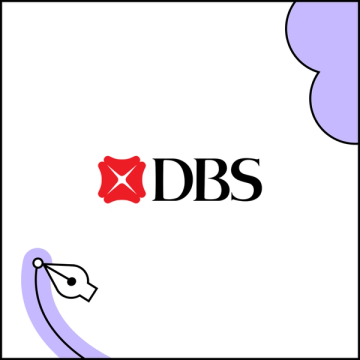How SafetyCulture enhances its culture of customer-centricity with Figma
SafetyCulture is a global technology company best known for its mobile-first operations platform that helps businesses perform checks, train staff, report issues and automate tasks.
Used by more than 75,000 businesses across almost every industry, SafetyCulture’s customers include ASX-listed retailers, aviation giants and Europe’s largest multinationals, right through to businesses within hospitality, construction and mining. The company has grown from a small startup to a AU$2.7 billion organisation with around 700 staff and over 20 products in just ten years.
And throughout its evolution, one of the keys to SafetyCulture’s growth has remained the same: customer-centric product design.
Empowering product design teams
SafetyCulture’s lean and fast-moving product design team are responsible for ensuring users enjoy consistent and seamless interactions, regardless of their industry or role.
And that’s quite a task when your customers are extremely diverse. “One of the hardest challenges we face every day is that we offer solutions across dozens of industries. Clients range from plumbers who need an app to help run their job and track tasks, to organisations with tens of thousands of staff and stores throughout the world,” said Joshua Orr, Head of Design, SafetyCulture. “This means that the solutions we design have to be incredibly intuitive and simple.”
To help them achieve that, SafetyCulture teams from engineering to sales to operations and even finance use Figma, which provides them with the ideation, design and collaboration tools needed to develop products across departments and disciplines.
“We have been able to deliver some incredible experiences for our customers with the help of Figma. Whether we’re designing for our websites, apps, social media or events, Figma has allowed us to ensure that collaborating on user experience isn’t something that’s just reserved for our product design teams, but is part of the day-to-day workstream across a variety of teams,” says Josh.
At SafetyCulture, around 130 staff use Figma, but only 20 of those are designers. Using Figma as a central platform for product development, the company is able to organise and progress design work, while providing autonomy to different teams within it. “Figma helps us ensure that the design work itself is well structured, and beautifully crafted… but designers aren’t the gatekeepers. Teams outside the design team have autonomy, and that helps us deliver more than we ever could before. We’re turning concepts into products much, much faster.”
One example is a recent project to launch Assets, a product allowing customers to easily manage all their physical assets in one place. SafetyCulture used Figma to map out the features and the MVP, and designers, engineers and product managers worked together in the platform to build the product in record time.
Another example of how Figma has accelerated things is SafetyCulture’s fast adoption of Dev Mode. Launched in beta at Config 2023, Dev Mode is a new space in Figma for developers with features that help teams translate designs into code, faster.
“Within a week of Dev Mode launching, we adopted every single feature,” says Josh. “People were using it to inspect and copy relevant code, were using the VS Code extension and more. Dev Mode is now part of every handover, which has led to new clarity and efficiency across our team, especially for engineers to know what is ready and when, closing the loop sooner,” says Josh.
Simplicity at the heart of product design
Beyond product development, SafetyCulture has focused on bringing teams together in other ways, such as using Figma’s online brainstorming tool, FigJam.
“We use FigJam for all kinds of crazy things - workshops, infinity maps and ideation. We found it to be better value than other whiteboard tools, and the connection between Figma and FigJam also makes things nice and easy. Visual storytelling has changed and optimised the way that our team works,” says Josh.
For SafetyCulture, the key to building a customer-centric design organisation was to make sure the design process wasn’t solely the domain of the design team. With multiple teams contributing to products for customers of all shapes and sizes, SafetyCulture has been able to democratise design across the organisation.
“Opening up our processes to everyone through Figma has fundamentally changed things for us,” says Josh. “People from all across our business contribute and have a voice. It leads to better outcomes for our customers and we’ve found this is essential when you’re trying to scale a product development process.”
State of the Designer APAC report
Discover how APAC product designers are changing up their workdays and redefining how they connect with colleagues.
See how Figma can help you scale design
Great design has the potential to differentiate your product and brand. But nothing great is made alone. Figma brings product teams together in a fast and more inclusive design workflow.
Get in touch to learn more about how Figma can help companies scale design.
We’ll cover how Figma can help:
- Bring every step of the design process—from ideation, to creation, to building designs—into one place
- Accelerate design workflows with shared company-wide design systems
- Foster inclusivity in the product team process with products that are web-based, accessible, and easy to use







